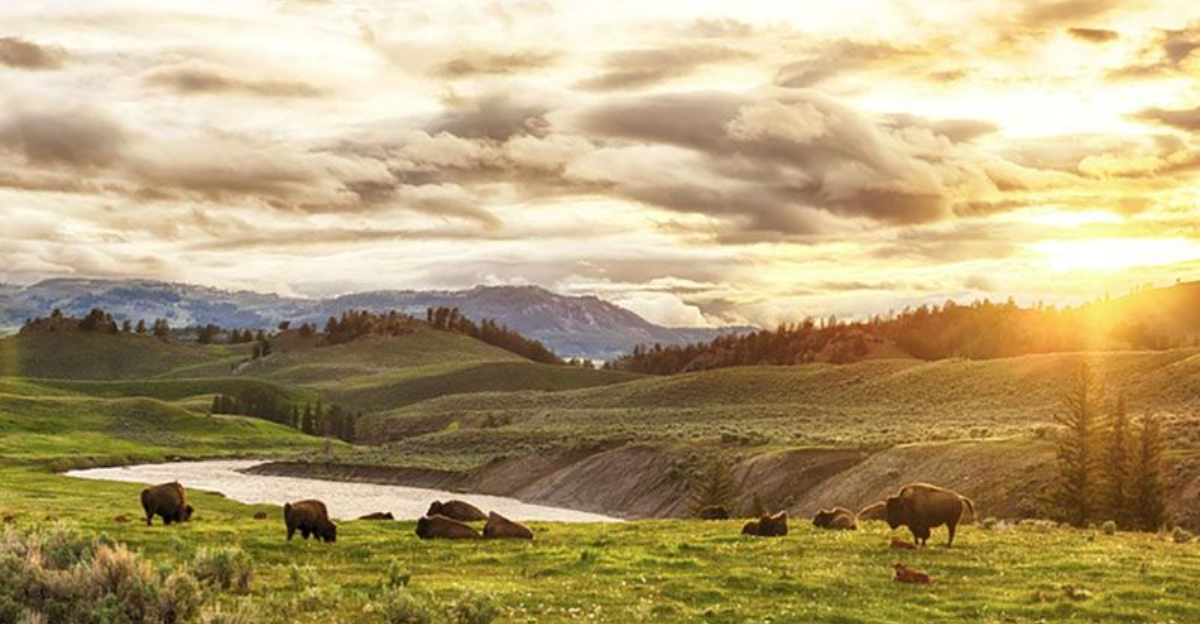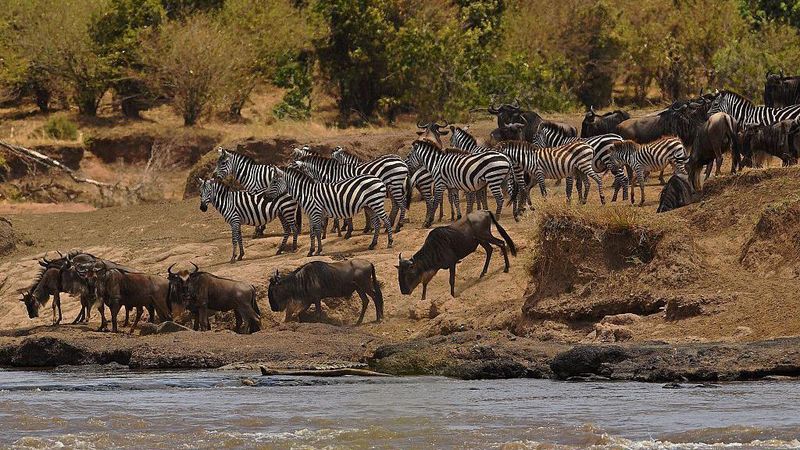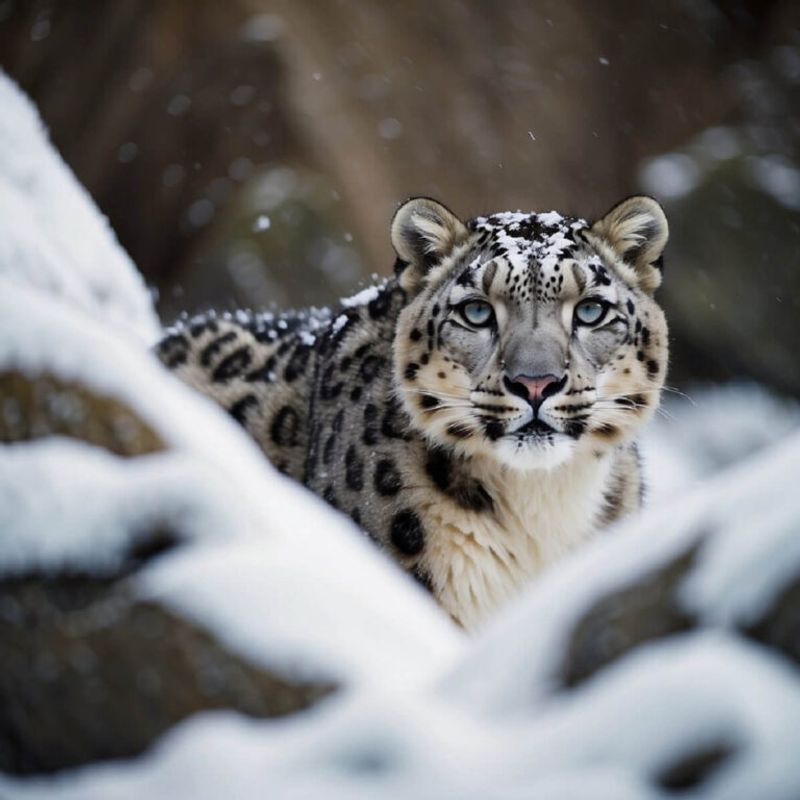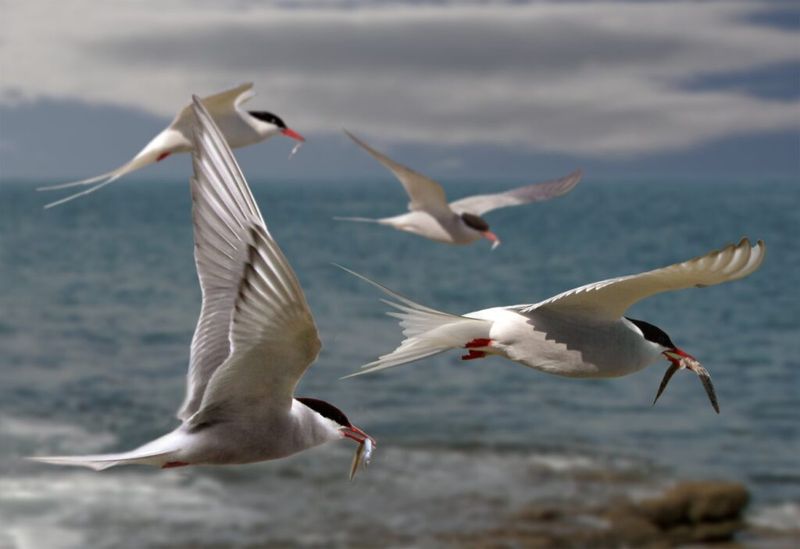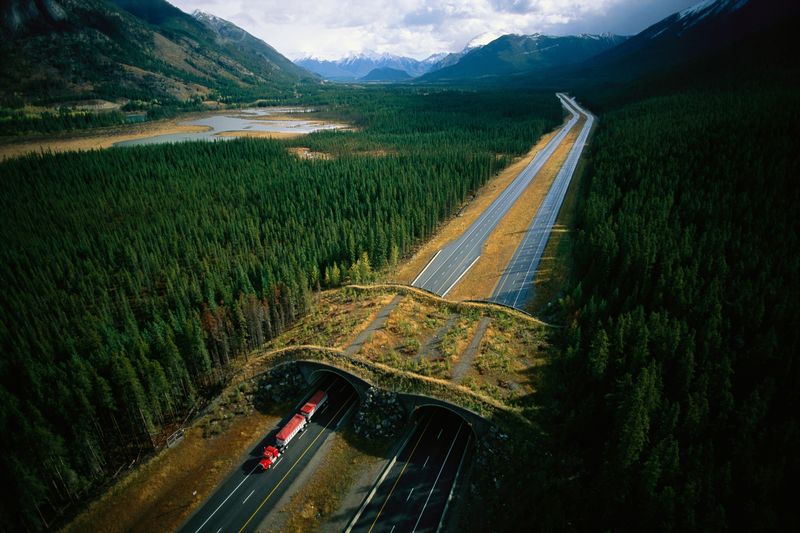Freedom is the heartbeat of the wild. From vast savannahs to endless skies, animals roam with purpose, instinct, and grace—untethered by borders, boundaries, or clocks. Yet in a world increasingly shaped by fences, roads, and urban sprawl, the right to roam is under threat. Roam Free Forever celebrates the enduring spirit of wildlife in motion and reminds us why preserving that freedom is more important than ever. Here are five inspiring listicles that honor the wanderers of the wild.
Migration Marvels: The World’s Greatest Animal Journeys
Across land, sea, and sky, animal migrations are epic tests of endurance, instinct, and survival. Wildebeests cross crocodile-filled rivers in East Africa’s Great Migration. Monarch butterflies flutter across North America on a 3,000-mile journey to Mexico. Humpback whales sing and swim across oceans to birth their young in warm waters. These migrations are more than movement—they’re ancient rituals tied to survival, climate, and habitat. But as human infrastructure slices through natural corridors, these time-honored paths are becoming harder to follow. Wildlife corridors, conservation zones, and satellite tracking are helping protect these incredible travelers. Because to roam is not just a right—it’s a legacy written in instinct. These majestic journeys remind us that freedom is a dance between earth and sky, one that demands respect and protection.
The Nomads: Species That Never Settle Down
Some animals aren’t just travelers—they’re lifelong wanderers. Take the snow leopard, a ghost of the mountains, constantly moving across alpine ridges in search of prey. Or camels, built for desert life, slowly navigating harsh terrain with no permanent home. Wolves and African wild dogs are known for their ever-shifting territories, moving as the seasons change. These nomads survive by adapting to change, reading the land like a living map. Their freedom is tied not to a place, but to their ability to move without restriction. Their way of life is vanishing fast—but through transboundary conservation and respect for wild spaces, we can help protect the creatures who were born to wander. They inspire us to embrace the unknown with courage and adaptability, echoing the wild’s untamed spirit.
Flight Without Borders: Birds That Defy the Map
Birds are perhaps the ultimate symbol of freedom, crossing countries and continents as if lines on a map don’t exist. Arctic terns migrate from pole to pole, completing the longest annual migration of any known animal. Swallows, geese, and raptors follow invisible aerial highways, riding thermals and winds to reach feeding and breeding grounds. Yet bird migrations are increasingly threatened by light pollution, habitat destruction, and glass-filled cityscapes. Protecting wetlands, coastlines, and migratory stopovers is essential to keep these ancient sky-paths open. Because birds remind us that true freedom is not about escape—it’s about movement with purpose, season, and sky. Let their journeys inspire us to soar above our limitations and protect the pathways of the skies.
Landscapes of Liberty: Where Wildlife Still Roams Wild
There are still corners of the Earth where wildlife roams freely and abundantly. In the Serengeti, lions, elephants, and zebras move through an open, ancient rhythm of predator and prey. In Yellowstone, reintroduced wolves have reshaped ecosystems by simply being allowed to exist and move naturally. The Pantanal, the Outback, and parts of Siberia still pulse with animal life largely untouched by heavy development. These wild places are not just habitats—they are sanctuaries for natural behaviors, migrations, and balance. Conserving these landscapes is crucial, not only for wildlife but for the health of the planet. In a world of increasing fences, these open spaces are a fierce and fragile gift. Let these landscapes remind us of nature’s raw beauty and our duty to protect it.
Freedom Under Threat: Barriers, Conflict, and the Fight to Roam
Fences, highways, farms, and expanding cities are fragmenting the wild. Animals face “invisible prisons”—habitats cut into pieces that trap, isolate, or endanger them. Elephants clash with human settlements as their paths to water are blocked. Caribou migrations are disrupted by pipelines. Even small creatures like frogs and turtles struggle to cross roads safely. Wildlife crossings, protected corridors, and land-bridge designs offer hope—but the real solution lies in large-scale cooperation and coexistence. Conservationists, governments, and local communities must work together to protect the right to roam. Because true freedom in the wild isn’t just poetic—it’s ecological, essential, and something worth fighting for. The wild calls for unity in action to ensure its creatures can roam free forever.
Ocean Wanderers: The Odyssey of Marine Wildlife
Beneath the waves, a different kind of journey unfolds. Sea turtles migrate across oceans, following magnetic fields to nesting sites. Dolphins, with their playful leaps, traverse vast marine landscapes in search of food and companionship. Schools of fish move like underwater ballet dancers, shimmering in unison around coral reefs. These ocean wanderers rely on a delicate balance of currents, temperature, and ecological harmony. Yet, threats like overfishing, pollution, and climate change disrupt their ancient odysseys. To protect these marine travelers, we must champion sustainable practices and marine protected areas. Let the ocean’s mysteries and majesty fuel our commitment to preserving the deep blue’s freedom, reminding us that every wave carries the echoes of nature’s boundless spirit.
Insect Pathfinders: Nature’s Small-scale Adventurers
Within the miniature world of insects, grand adventures unfold each day. Ants build living bridges with their bodies to traverse obstacles, showcasing teamwork and innovation. Dragonflies dart gracefully over ponds, their iridescent wings catching sunlight as they hunt with precision. Bees, the tireless pollinators, journey from flower to flower, playing a crucial role in ecosystems. These small-scale adventurers remind us that size doesn’t define impact. However, habitat loss, pesticides, and climate changes threaten their intricate paths. By fostering biodiversity and reducing chemical use, we can support these essential creatures. Their industrious spirit invites us to appreciate the unseen wonders of nature, where even the tiniest paths contribute to the grand tapestry of life.
